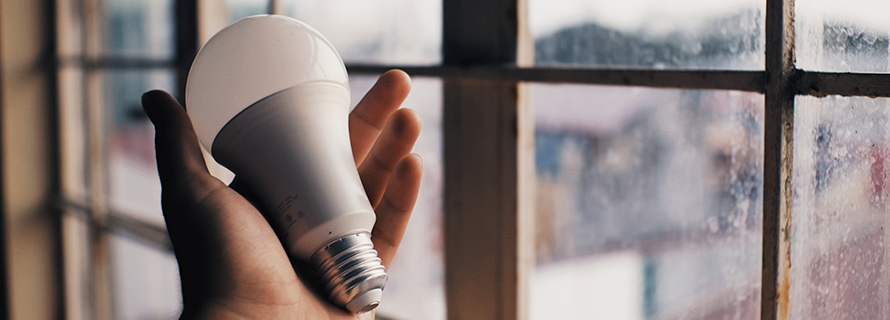Switching to energy-saving light bulbs is one of the many ways you can make your business more sustainable. After all, business sustainability comes with numerous perks. This is why more and more business owners are starting to opt for sustainable ways and practices.
You can save thousands of dollars each year by replacing your usual light bulbs with their energy-efficient counterparts. They’re also a great choice if your business looks to reduce its carbon footprint.
If you plan on joining sustainable businesses that are obtaining huge success from their choices, energy-saving light bulbs are a good place to start. Continue reading to explore the types of environmentally friendly bulbs that you can choose from.
Types of Energy-Saving Light Bulbs
Light bulbs have come a long way since they first came into existence in the 19th century. There are three dominant energy-saving light bulbs: light-emitting diodes, halogen incandescent, and compact fluorescent lamps.
Light Emitting Diodes
Light-emitting diodes or LED is the most flexible option for energy-efficient lighting. These energy-saving bulbs provide facilities with light that mimics the radiance of natural daylight while being much more efficient than incandescent and CFLs.
Compared to other available options in the market that only last 10,000 hours, the lifecycle of LED bulbs is typically 50,000 hours. What else? You will not need to wait for these energy light bulbs before they reach their full brightness, as it happens as soon as you turn them on.
You can easily find LED bulbs in various wattages, colors, and sizes.
Advantages
- Do not get heated upon use
- Ideal for directional light
- Huge lifespan
- Not sensitive to temperatures
Disadvantages
- Contain blue light
- Expensive
Halogen Incandescent
If you want your facility to focus on visual appeal and efficiency simultaneously, halogen incandescent energy-saving light bulbs are a great option. These look similar to traditional incandescent light bulbs yet offer increased environmental-friendly efficiency.
However, they emit light differently due to the presence of bromine instead of nitrogen-argon. Halogen incandescent bulbs are efficient, visually appealing, and durable. Not to forget, they also consume 25% lesser energy than other bulbs.
Advantages
- Instant full brightness
- Contain yellow tone
- Energy-efficient
- Safe to dispose
Disadvantages
- Costlier than traditional incandescent bulbs
- Generate more heat
Compact Fluorescent Lamps
Compact Fluorescent Lamps or CFLs are energy-saving light bulbs most popular for their spiral shape. CFL bulbs use various phosphors for light emission to make a more energy-efficient variant of conventional fluorescent bulbs.
Using the same technology as fluorescent bulbs, CFL bulbs last for about 10,000 hours. While the upfront cost for these energy-saving light bulbs is high, they are much more cost-effective than their non-energy-saving option.
Not to forget, they also provide evenly-spread lighting in any facility.
Advantages
- Evenly-spread brightness
- Cost-effective
- Highly energy-efficient
- Available in various hues
Disadvantages
- Contain mercury
- Sensitive to temperatures
Sources
https://lumennow.org/choosing-a-bulb/
https://www.directenergy.ca/learn/energy-efficient-light-bulbs

